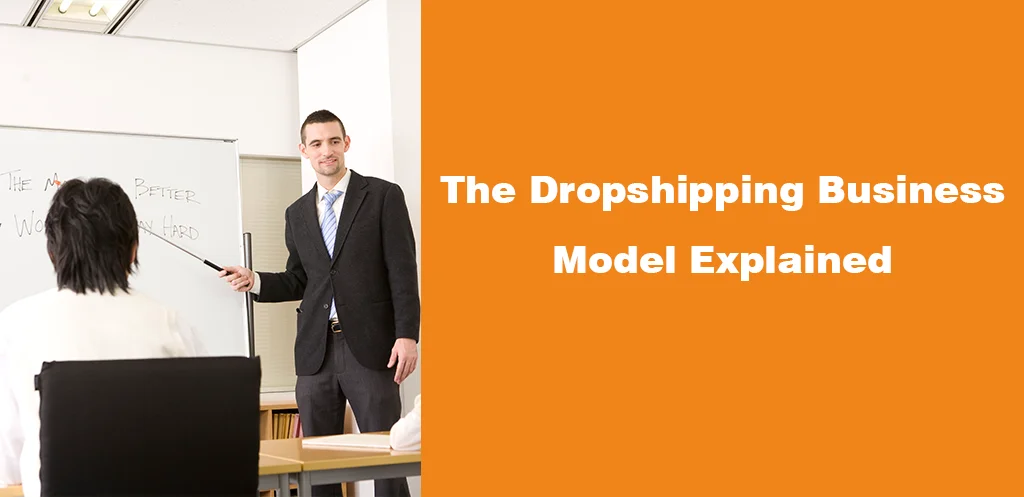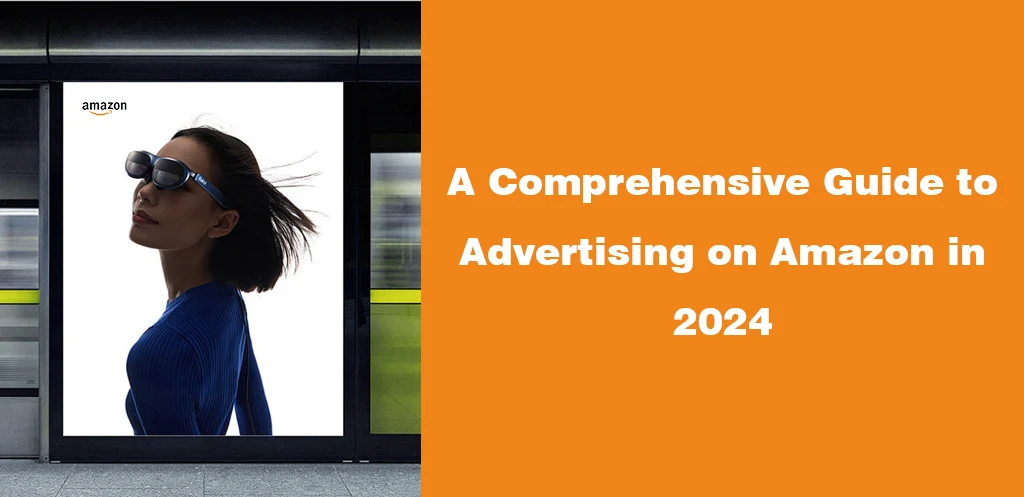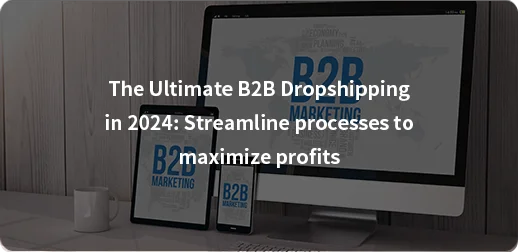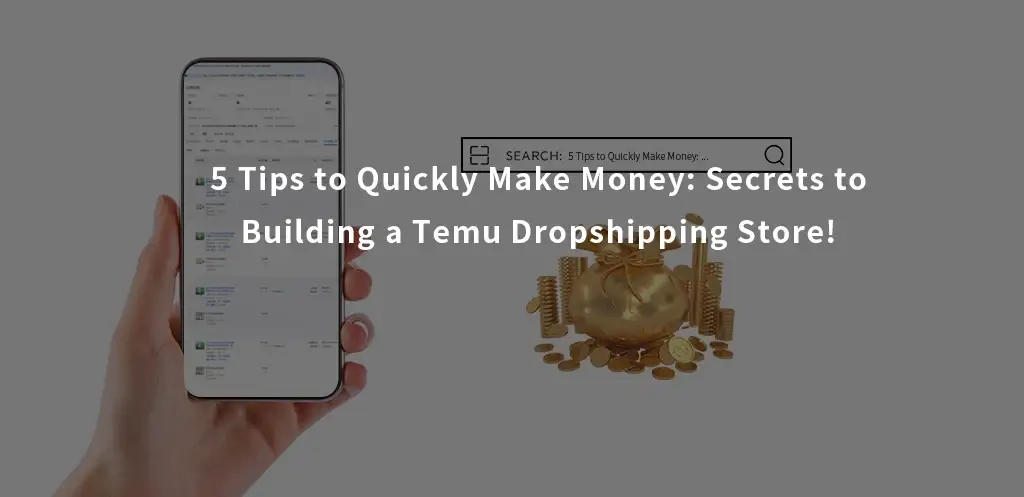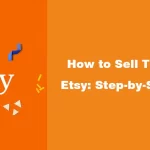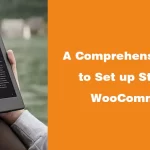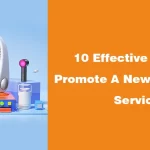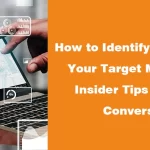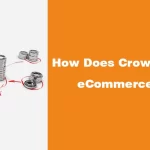Ecommerce email marketing is a low cost and low risk means to reach your customers with relevant and personalized messages. And when done right, you can use it to boost sales, build closer relationships with subscribers and increase the average lifetime value of your customers.
Today, you’ll learn about 12 must-have emails in every email marketing tool box, how they work, why they’re important and how to optimize each for the best results.
So whether you’re just getting started with email marketing or planning your next campaign, continue reading because you’ll find a ton of value in this post.
Now let’s begin!
What is Ecommerce Email Marketing?

Email marketing in ecommerce is the practice of sending order updates, educational content and promotional materials via email to existing and new customers in order to sell, educate, drive store traffic or build customer loyalty.
It involves setting up what’s called email marketing campaigns and automated workflows to provide customers with a continuous and timely flow of personalized content that’s both valuable and engagement-worthy.
12 Essential Ecommerce Emails You Should be Sending
The 14 essential ecommerce emails we’ll discuss fall under three groups – transactional emails, customer lifecycle emails and promotional emails. Let’s dive into each!
(A)Transactional emails
Transactional emails are sent during checkout and actions involving purchases. Compared to promotional emails, these are more functional in nature and are used to communicate key order and shipment information to individual customers.
1. The Order Confirmation Email
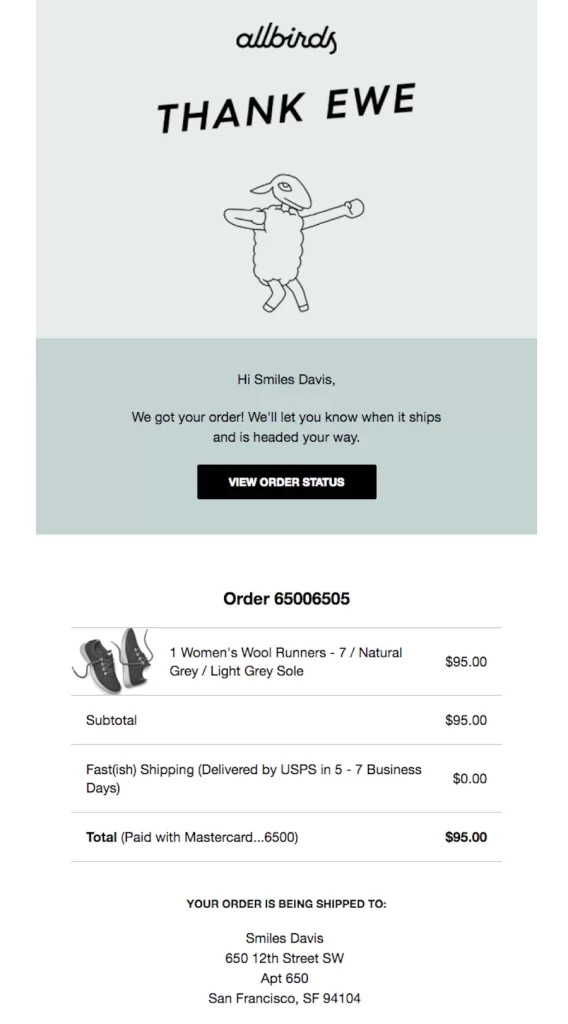
When a customer hasn’t gotten a message to confirm their order, they don’t know whether it’s been received or not. This uncertainty can make them paranoid. So to ease their mind and prevent your customer service department from being overflowed with order update requests you absolutely must send a confirmation email to customers.
When you do so, ensure your order confirmation email gives the following information (just like the image above);
What to include
- A summary of their order
- When they can expect to receive their shipment
- What address you’re shipping to
If the order is set for in-store pick up, include where they need to pick it up
- And links to your customer service channels where they can ask questions
For new or first time customers, limit the contents of your order confirmation email to these fundamentals.
For repeat customers, suggest related products or offer them the option to include add-ons and accessories just before the parcel is sent out. Importantly, like the example below, avoid hard-sell language that comes off as salesy. A simple “You’ll Also Love” will do just fine.
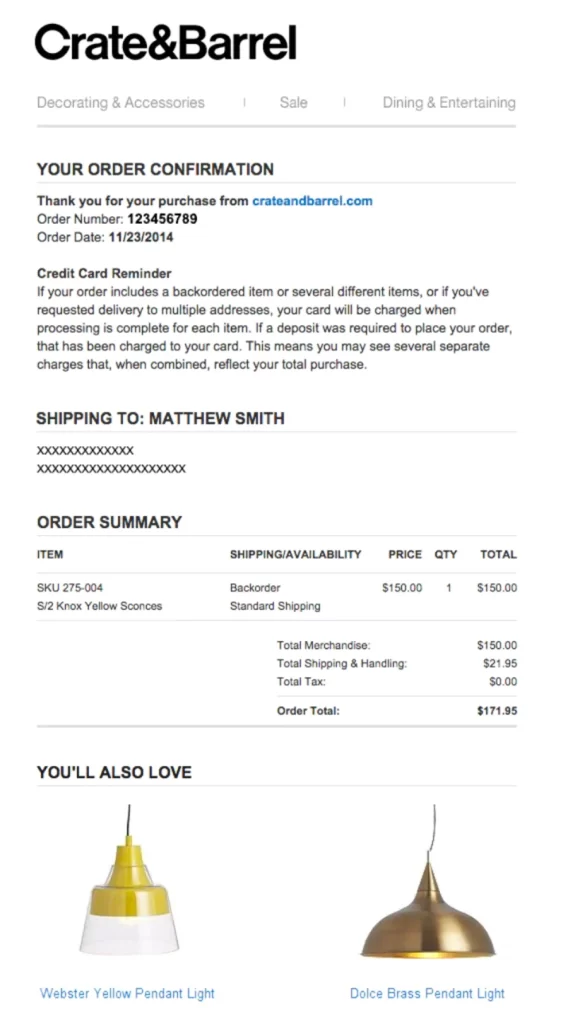
2. The Shipping Confirmation Email
The shipping confirmation email is sent once a package has been shipped out.
Customers need this update on the status of their shipment because if they aren’t aware their order has been shipped, they might assume something is wrong or that you haven’t processed the order at all.
The shipping confirmation email, which does exactly what it sounds like, comes handy here to get customers ready for delivery and excited about receiving and unboxing their purchase.
What To Include
- An expected delivery date.
- A valid tracking number so they can see exactly where their parcel is in transit
- Channels they can contact you
Besides these fundamentals, you can incentivize word-of-mouth marketing by encouraging shoppers to share a link to the product they bought to their friends in order to earn rewards such as loyalty points or store credit. This is also called a referral program.
Or to promote additional purchases, you can include product suggestions that go along with their original purchase. For instance, if a customer buys an office shirt, you can recommend matching ties, pants or socks.
3. The Shipping Delay Email

As equally as customers need updates on the shipment status of their order, they need information on delays that occur or circumstances that might impact timely delivery.
Fundamentally, your shipping delay email should outline the reasons for the delay and when your customer can expect an update, just in case it isn’t possible to provide a new estimated delivery date.
This email is important because it helps to reassure customers that your brand is committed to resolving the delay and foster trust between the customer and the brand.
What To Include
- A clear and honest explanation for the delay.
- A genuine apology for the inconvenience caused by the delay.
- Contact information
- And information on the measures you are taking to rectify the issue.
4. The Delivery Confirmation Email

While not every company uses this email, it’s a good idea to let customers know the moment their parcel reaches its final destination, whether that’s their doorstep or a pick up location.
The delivery confirmation email, which does just this, is an automated email that’s triggered and sent immediately your courier confirms the delivery of the package.
Additionally, given the rise of porch theft, sending this email has never been a better idea because it enables customers to retrieve their package as soon as possible.
What To Include
- A summary of the items delivered
- The confirmed delivery location
- And instructions for what to do if they cannot find their package
5. The Thank You Email
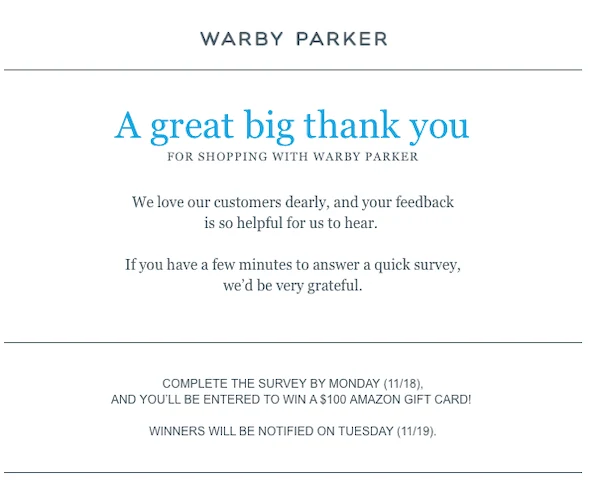
No online order is complete without a sincere ‘thank you’ from your business.
The thank you email, which is proven to be twice as engaging as general marketing emails, accomplishes that objective and enables your company to inspire customer loyalty and foster deep connections beyond the initial transaction.
How? Because by reaching out post-purchase to appreciate customers and solicit feedback on how they’re liking their order, you subtly communicate that you’re interested in ensuring they are satisfied at the end of the day.
What To Include
- An appreciation message
- Shareworthy visuals and emotive messaging to make your customer feel special
- Questions on how they’re enjoying their purchase
- And short and sweet call to actions to drive visits to your site
(B) Customer lifecycle emails
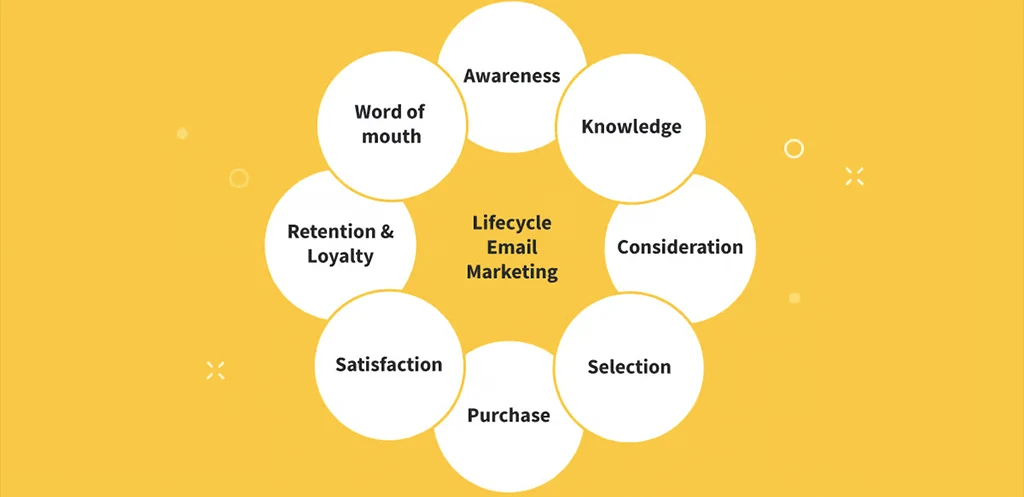
Ecommerce lifecycle emails refer to certain emails that are more personalized and target a small segment of your subscribers with messages relevant to their behavior.
Also called “triggered emails,” these types of emails are sent based on the specific action a subscriber took and where that shopper is in the customer lifecycle. Now, let’s cover these types of emails and what to include.
6. The Welcome Email Series
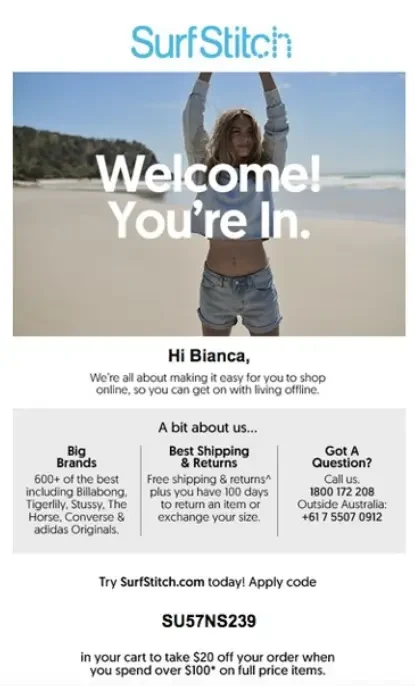
When a subscriber completes a new action such as opening an account, joining your email list or your loyalty program, send a welcome email to communicate a positive first impression and to let them know what they can expect from you.
What to include
- A thank you to subscribers for joining
- Inform them what new content you’ll be sending and how frequently
- Clear preferences to enable and disable future emails
- A discount on their next order when they shop your store
- And links to your site and social channels
Lastly, focus on building a connection and providing value rather than promoting a product in this email. This is your chance to let freshly engaged subscribers know how valuable you intend to be in their lives, so make sure you don’t rub the wrong impression.
7. The Cart Abandonment Email

The cart abandonment email is a quick fix to the problem of shoppers filling their carts and abandoning them. According to some sources, the average cart abandonment rate is 70%, so we can infer that there’s a lot of revenue left unrealized, in fact as much as $6 trillion in 2024.
Also called the cart recovery email, this email works best when you capture customer details shared during sign up and a previous checkout. This way, you can automate an email to be sent once a certain amount of time has passed since a customer added items to their cart.
What To Include
- A simple text based message telling them they left items in their
- A summary of the items in their cart along with images
- And a clear and simple call to action such as “Checkout now” that links to their shopping cart
Additionally, consider using freebies occasionally to motivate the customer to complete their order, but be aware that this approach can encourage customers to game your system knowing you’ll offer a gift if they wait long enough between filling their cart and hitting “Checkout.”
8. The Re-engagement Email
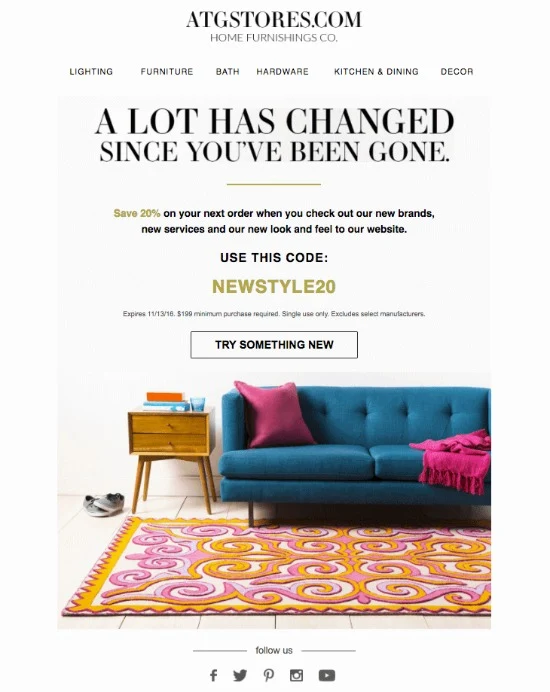
Re-engagement emails are emails you send to inactive subscribers or customers to rekindle interest in your services.
As this type of email targets existing customers with the goal of retention, you ought to leverage the customer’s purchase and behavior history in order to create personalized email campaigns using targeted discounts and compelling product recommendations.
What to include
Like the example above, include:
1.A personal subject line and intro that tells the customer they haven’t been interacting without sounding forceful. For example;
A lot has changed since we last saw you
Since you we last saw, X number of customers have signed up/received their orders etc
2. An incentive to motivate action, ideally a purchase i.e
Save 25% on your next order with this code when you check out our new products
Enjoy free delivery on your next order
3.A clear and non generic Call To Action such as
Try something new
Don’t wait to find your next X
Explore our latest collections
4.And handpicked product recommendations based on their purchase history
Lastly, use re-engagement emails to ask customers about their email preferences.
If your business is sending multiple emails to their inbox every week, the customer may feel overwhelmed, so there’s a chance they are intentionally tuning out of your messages.
9. The Referral Campaign Email
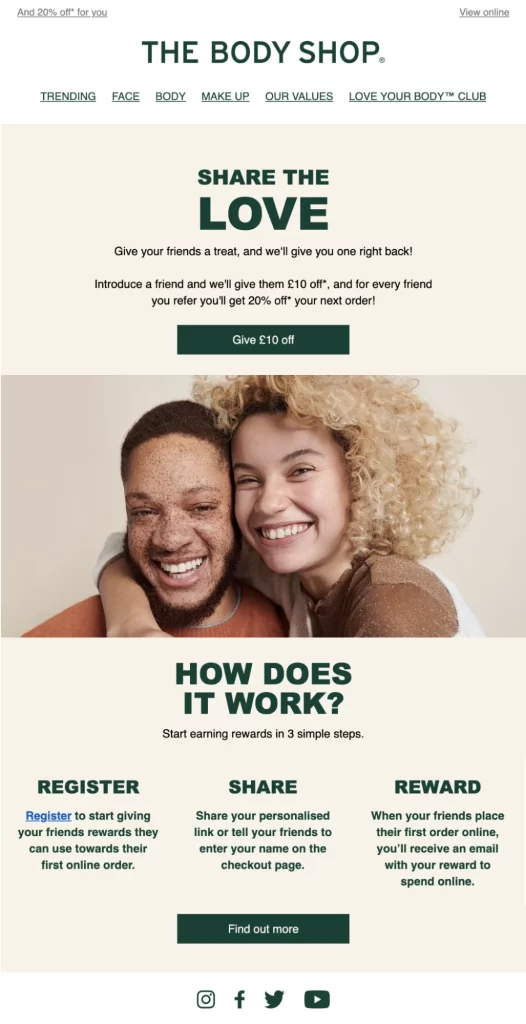
Referral campaign emails are effective for spreading awareness of your brand through word-of-mouth marketing.
92% of consumers trust recommendations from friends and family over other forms of advertising, and referral emails tap into this trust, making them a valuable asset for expanding your customer base.
What to Include
1.A benefit oriented subject line like the example above. For example;
Share the love
Give your friends and family X% off
2.What’s in it for the referrer? A $10 discount, store credit, free shipping etc.
3.How the program works. The above example makes it clear in 3 steps.
(A)Register
(B)Share your personalized code
(C)Receive your reward when your friends complete their first order
(C) Promotional emails
Promotional emails are sent to raise awareness of products, deals and promotions in general. Think of this as an email you send when you have newsworthy information such as new arrivals, flash sales, content updates, seasonal deals and more.
Here, let’s cover just a few of the most crucial ecommerce emails to send.
10. The New Product and Back-in-stock Email
New product emails, which are mostly sent in response to customer feedback, inform subscribers that you’ve added an item or product range to your offerings. Meanwhile, back-in-stock emails tell subscribers that certain products are available now.
Since both these messages will only appeal to certain customers, carefully consider what segments of your email list to target based on data such as previous purchases and feedback.
When you do so, don’t forget to tie your message to previous customer requests.
For example, with back-in-stock emails, you can lead in with a subject line such as “You asked, and we answered! Get these at 10% off.” Or for new arrivals, lead in with a subject line like “Introducing X,” “Say hello to the newest member of our family!” etc.
11. The Upsell Email
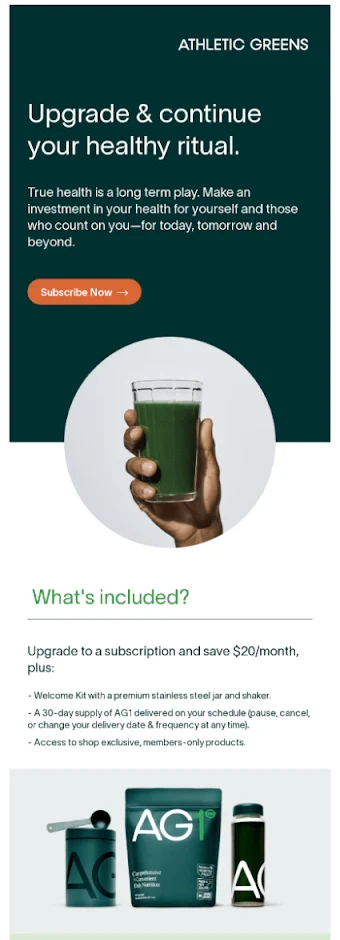
An upsell email is an email sent after a customer completes a purchase or puts an item into their cart when browsing your store. The objective of this email is to inform customers about premium or upgraded versions of that item or related items that go with the original product.
Like this example from Athletic Greens, explain to subscribers the value they gain by upgrading their purchase or participating in the deal. Moreover, only include offers that complement the customer’s current selection or previous purchases.
12. The Cross-sell email
Cross-sell emails are triggered emails businesses send based on previous customer actions. This email takes in information from a customer’s purchase history, site browsing behavior and other profile data to suggest personalized products that the customer might be interested in.
According to an Accenture study, 75% of consumers are more likely to purchase from a retailer that recognizes them by name, recommends options based on past purchases, or knows their purchase history.
So, your emails should emphasize the fact that you know your customer so well, remembered their preferences, and thought to recommend products they might find helpful.
Final Thoughts
These 12 emails are the foundation for every comprehensive ecommerce email marketing strategy.
As we part ways, my final piece of advice is to start small. If you’re starting out, don’t open campaigns for all these emails.
Instead, start by building a basic email list, then launch a cart abandonment series as your first campaign and slowly iterate until you have a wider email marketing strategy.
With that said, if you found this post on ecommerce email marketing valuable, you’ll be pleased to discover our comprehensive guides to marketing your business on Instagram, Tiktok, Reddit and Quora.


